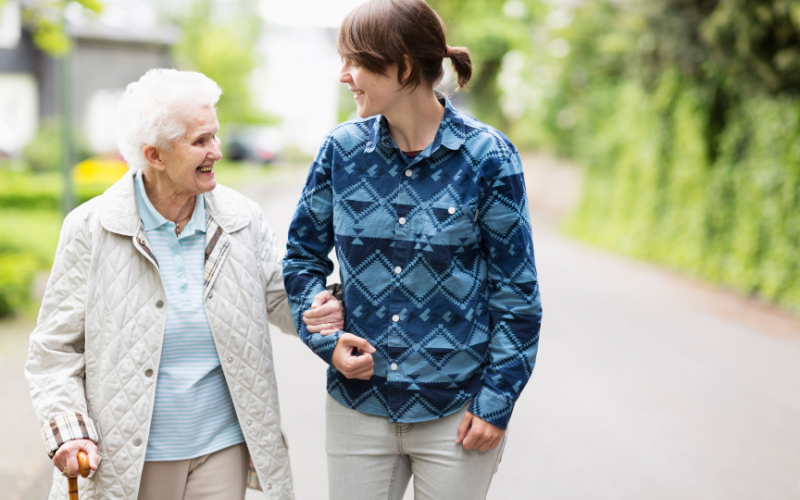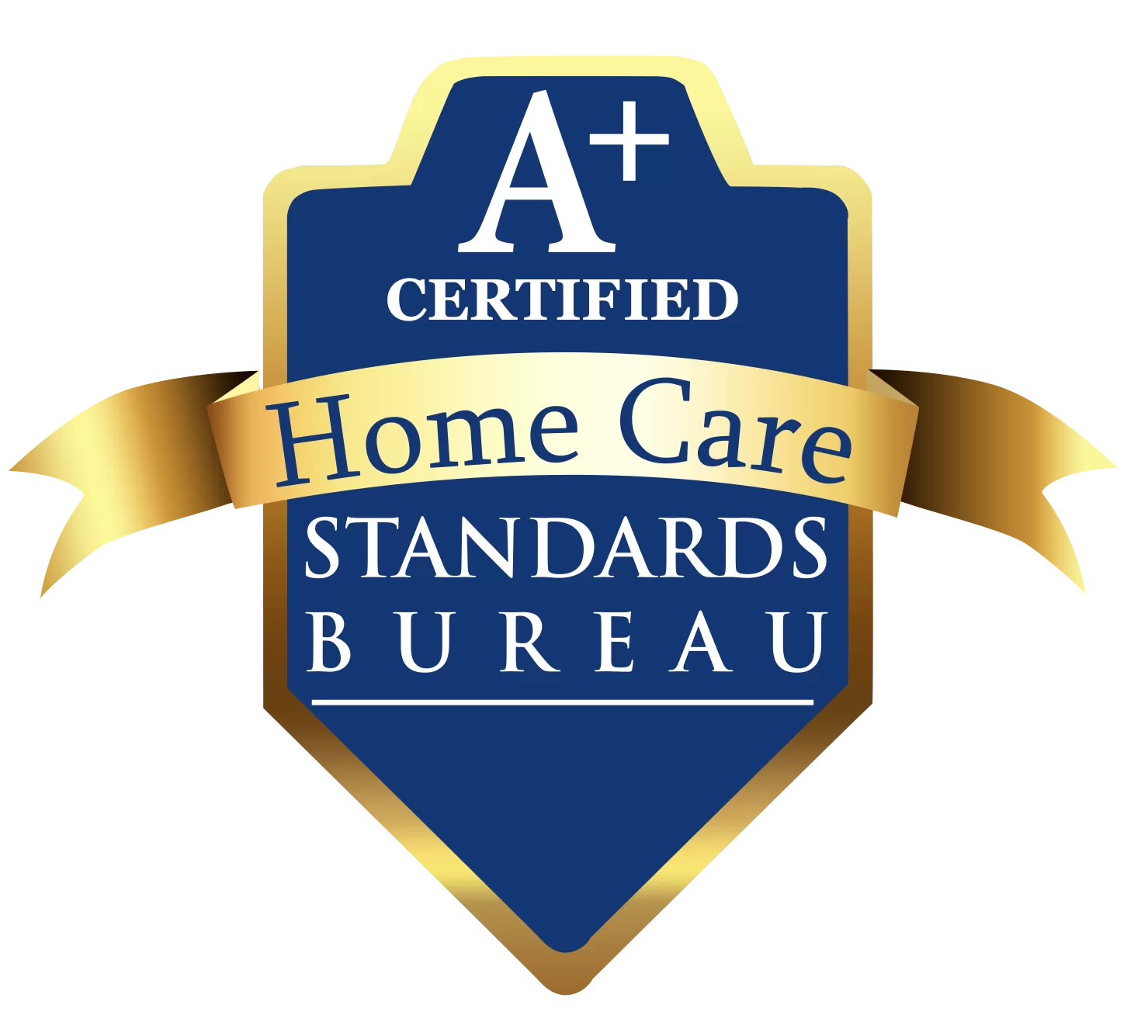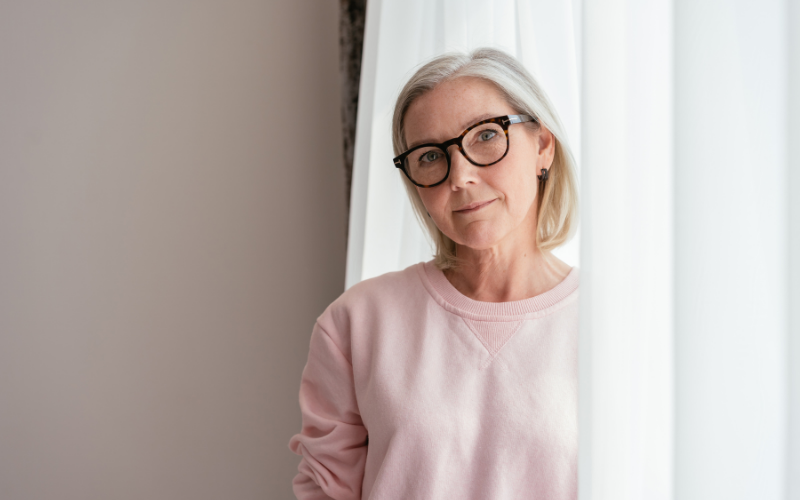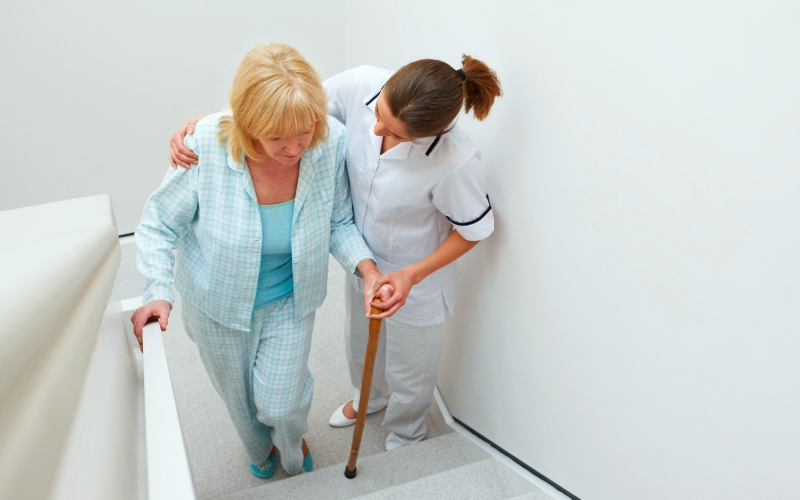
Staying physically active is critical to a senior’s physical health and emotional well-being. Simply sitting for long durations throughout each day does incredible harm to the human physique—which is designed to benefit from a hefty dose of physical activity daily.
In fact, the US Department of Health and Human Services presents specific recommendations, known as the Physical Activity Guidelines, that are geared to motivate older people (and younger ones) to pursue a life of peak physical fitness. People over 65 should perform more exercise rather than less.
The HHS recently released the Physical Activity Guidelines for Americans Midcourse Report in efforts to increase the amount of exercise in Americans’ daily lives. According to the HHS, less than 15 percent of Americans over the age of 65 meet the existing recommendations for exercise.
Why must seniors exercise?
What is so problematic about failing to sufficiently exercise? Older individuals who lack regular exercise in their daily routines are subject to a host of illnesses, chronic health conditions, and weakness. Without daily movement, disease takes hold, and lifespans are significantly reduced.
Physical activity tends to decrease as people age. It is important for seniors to not only engage in physical activity, but to stay active for the benefit of their physical and mental health. However, many seniors face the following barriers to getting and staying active:
- Capability: Chronic health conditions, pain, and physical or cognitive limitations reduce the capability for physical activity.
- Opportunity: External factors such as social isolation, neighborhood environment such as the condition of the sidewalks, environmental limitations like weather, and inequitable access to fitness centers and other resources prevent physical activity.
- Motivation: Many seniors may have little motivation to exercise because they feel it’s too late or may fear experiencing pain or injuring themselves. Lack of social support can also cause seniors to lose motivation to exercise.
It is important to recognize if your senior loved ones may be affected by one of these barriers to physical activity. By understanding what is stopping your senior loved ones from getting active, you can address the issue and help increase their physical activity.
Seniors, especially, should aim to engage in some type of physical activity every single day. Older folks have no need to be intimidated by exercise. Even light movements throughout the day constitute as exercise and count toward meeting the HHS’ Physical Activity Guidelines.
How do seniors benefit from exercise?
Exercise develops the health of the physical body. Seniors who have issues with frailty gain strength advantages from exercise. Plus, those who have fallen or who fear falling experience greater confidence in their mobility when they engage in regular exercise. Greater mobility and strength not only reduce the risk of falls and related injuries, but also make performing daily activities much easier.
Some of the benefits of physical activity can be experienced immediately, such as better sleep and reduced blood pressure and anxiety. Ongoing physical activity can lead to other benefits over time, including sustained reduction of blood pressure, increased muscular strength, and improved cardiorespiratory fitness.
The following are just some of the benefits of exercise for seniors, including those with chronic health conditions and disabilities:
- General lower risk of mortality
- Lower risk of diseases including cardiovascular disease, hypertension, type 2 diabetes, and cancers of the colon, bladder, breast, kidney, lung, stomach, esophagus, and endometrium
- Slowed or reduced weight gain
- Weight loss, especially with a lower calorie diet
- Improved bone health and physical function
- Lower risk of falls and related injuries
- Improvements in mental health and cognitive function, including improved quality of life, improved sleep, improved cognition, reduced risk of dementia, and reduced risk of depression and anxiety
- Lower risk of dying of site-specific cancer for survivors of breast, colorectal, and prostate cancer
- Lower risk of mortality for those with hypertension and type 2 diabetes
- Decreased pain and improved physical function for those with osteoarthritis
- Improved physical function for those with multiple sclerosis and spinal cord injuries
- Improved cognition for those with dementia
How often should seniors exercise?
How much exercise is necessary to make a positive difference to an older individual’s well-being? Between 150 and 300 minutes of moderate physical activity per week help to improve the senior’s balance, flexibility, and muscle strength. Active seniors do well with 75 to 150 minutes of vigorous exercise each week.
Older adults may choose to alternate between 150 minutes of moderate exercise and 75 minutes of intense physical activities weekly. Giving the muscles a break between moderate and vigorous exercise is beneficial, while adding variety to the senior’s exercise schedule. It also helps to include two days a week of muscle strengthening activity. These are any activities that make the muscles work harder than usual.
Seniors should try to move more throughout the day and spend less time sitting. Even this moderate increase in physical activity around the house can be beneficial for seniors as the HHS considers some household activities light exercises.
Before engaging in any sort of physical activity, the senior must feel confident in their strength and ability to safely handle the activity. You can also consult their doctor to discuss appropriate physical activities and intensity.
What constitutes light exercise?
Even light movement is considered beneficial for the aging body. Sitting or lying in bed all day is highly unadvised and extremely counterproductive when endeavoring to stabilize or improve health. Incorporate light instances of movement to break up a day of sitting or lying down.
Seniors may engage in light exercise via numerous common ways. Standing up to prepare a cup of tea, for instance, is considered a form of light physical activity. Walking around the home at a comfortable, slow pace also counts toward meeting the physical activity recommendations for older people.
Performing household chores is an ideal way to incorporate light physical activity into each day. For example, seniors may wake up and make their bed. Cleaning the home, dusting furniture, or vacuuming the carpet are all excellent practices that lightly engage the physical body.
What makes up moderate exercise?
Seniors do not need to be lean and nimble to engage in moderate aerobic exercise. Plenty of ordinary activities that people do all their lives are considered moderate activities. Examples of such exercises include pushing a lawn mower or walking briskly outdoors or inside a track.
Additional, specific activities that fall under the category of moderate exercise include dancing, hiking, and playing doubles tennis. Seniors who spend time at the pool may participate in water aerobics to experience the myriad of benefits of moderate aerobic exercise.
What does moderate physical activity do for the aging body? Seniors’ heart rates go up. Participants breathe faster and experience bodily warmth. People know when they are involved in moderate exercise when they are able to converse but unable to carry a tune.
What are types of vigorous physical activities?
Any moderate activity can be elevated to a vigorous one simply through increased effort. People engaged in vigorous activity breathe rapidly. They are able to utter a few words before pausing to catch their breath. A wide range of vigorous exercises are accessible to seniors.
Older people may jog, play singles tennis, swim fast, hike uphill or ride a bike on hills. Many seniors enjoy moving their feet to the golden oldies, and energetic dancing constitutes vigorous aerobic activity. Seniors improve both mind and body by participating in martial arts, another dynamic exercise.
How do seniors grow physically stronger?
While pumping weights is a strenuous activity that builds muscle, seniors can enjoy the benefits of a strong body via numerous practical ways. Simply carrying heavy grocery bags works the arms, back, and legs. Digging or shoveling in the garden also strengthens seniors’ bodies.
More relaxing exercises that increase older peoples’ strength include Tai Chi, yoga, and Pilates. Senior centers typically schedule classes in any of these three forms of physical activity. Weekly routines should include a combination of balance, flexibility, and strength exercises.
In-Home Care from Assisting Hands
A senior can meet the HHS’ physical activity recommendations with the help of a professional caregiver from Assisting Hands Home Care. Our compassionate home care service providers are available to accompany seniors on walks to promote stability and confidence navigating the sidewalks or trails.
If your loved one is unable to drive, caregivers from Assisting Hands Home Care provide safe transportation to yoga, Tai Chi, or other kind of physical exercise classes for seniors. We help our care recipients grocery shop for fresh produce and prepare nutritious meals that provide fuel for upcoming physical activities.
Assisting Hands Home Care aims to help the senior in your life experience as much independence as possible. But when personal care is needed, our caregivers assist with a range of non-medical services, like bathing, toileting, and grooming. We offer 24-hour home care, overnight care, and companion care, among a host of other comprehensive in-home care services in Burr Ridge, IL | Lyons, IL | Indian Head Park, IL | McCook, IL | Hodgkins, IL | Countryside, IL | Willow Springs, IL | Palisades, IL | La Grange Highlands, IL | Clarendon Hills, IL | Brookfield, IL | Western Springs, IL | Hinsdale, IL | Darien, IL | La Grange, IL | Downers Grove, IL | Oak Brook, IL | Willowbrook, IL and the surrounding areas.
Families and their aging loved ones rely on Assisting Hands Home Care for all their senior care needs. Call us at (630) 407-1932 to consult one of our friendly senior care representatives to start the home care services that will make a meaningful difference in your loved one’s daily life.















